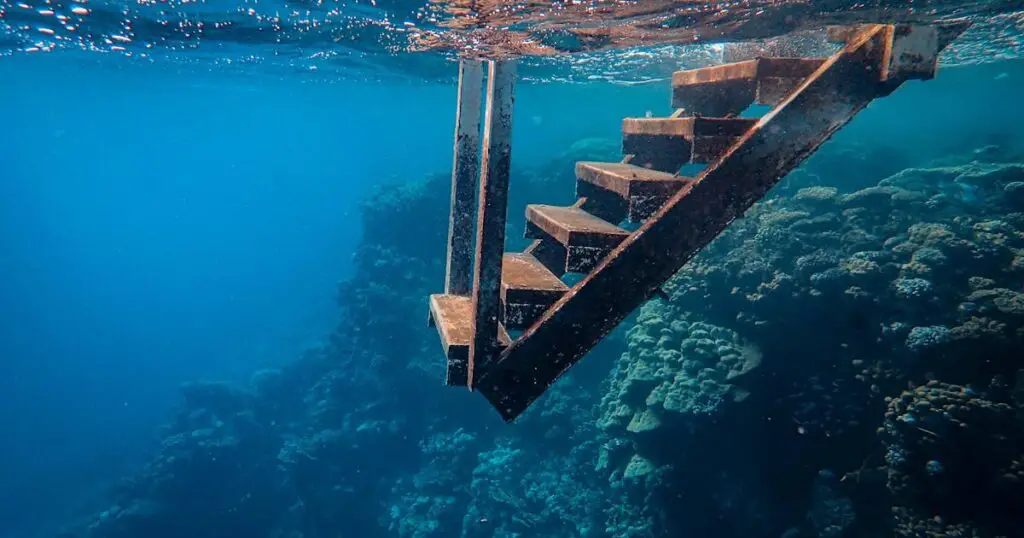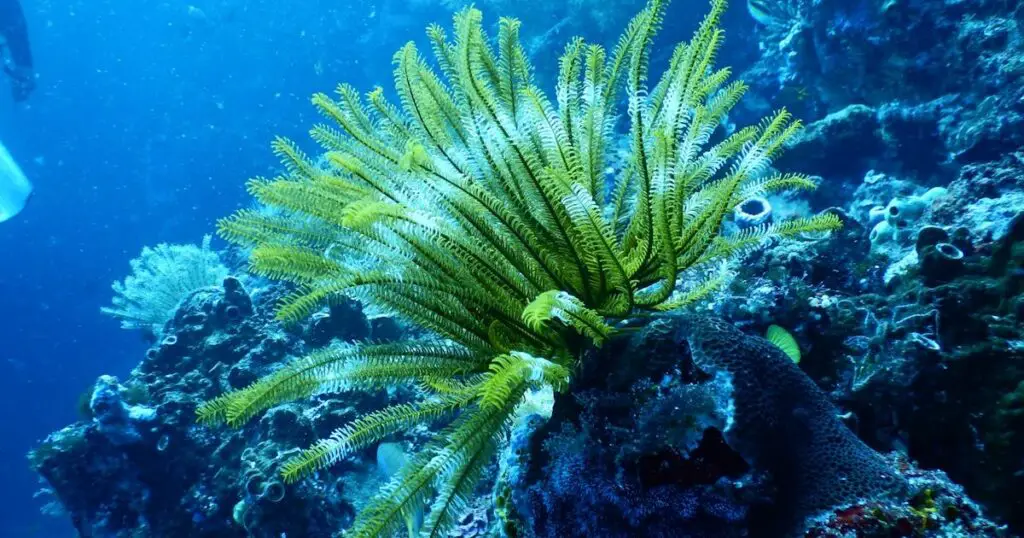Key Takeaway: Coral bleaching is a serious environmental issue caused by climate change and pollution, but community efforts in reducing local stressors and advocating for global action can help prevent it and protect our vibrant marine ecosystems.

Coral bleaching is a phenomenon where corals lose their vibrant colours, turning them white or pale due to stress. This occurs when corals expel the algae living in their tissues, known as zooxanthellae, which give them their bright colours. Without these algae, corals become vulnerable to diseases and may eventually die if the stressor persists.
There are various causes of coral bleaching, including changes in water temperature, pollution, overfishing, and ocean acidification. However, one of the main causes is climate change. The rise in global temperatures leads to an increase in ocean temperatures, which stresses out corals and triggers bleaching events.
With the current rate of climate change, scientists predict that coral reefs could disappear completely by the end of the century if no action is taken.
Why Should We Care?
Coral reefs are often referred to as “rainforests of the sea” due to their rich biodiversity and importance in maintaining a healthy marine ecosystem. They provide habitats for numerous species of fish, crustaceans, and other marine organisms, making them essential for fishing industries and coastal communities.
In addition, they also act as natural barriers against storms and coastal erosion. But beyond their ecological significance, coral reefs hold cultural and economic value for many communities around the world.
For example, in small island nations like the Maldives or Fiji, coral reefs are a significant source of tourism income. Visitors come to experience their vibrant colours and diverse marine life, contributing to the local economy. In some cultures, corals hold deep spiritual and traditional meanings, making them an integral part of their way of life.
Thus, losing these precious ecosystems would not only have devastating environmental consequences but also impact livelihoods and cultural heritage.
Our Role in Identifying Bleaching Events
As individuals, we can play an important role in identifying and reporting coral bleaching events. With the rise of social media, it has become easier to share information and raise awareness about environmental issues. By learning how to identify coral bleaching, you can help scientists and conservationists track its occurrence and monitor the health of reefs in your area.
Some signs of coral bleaching include:
- Loss of vibrant colours or turning white or pale
- Corals appearing “bleached out”
- Abnormal growth structures or tissue damage
If you observe any of these signs while snorkelling, diving, or even just walking along the shore, you can report them to local marine conservation organizations or upload photos and information on citizen science apps such as Reef Check or CoralWatch.
What Can You Do to Help?
Aside from reporting bleaching events, there are other ways we can help prevent coral bleaching and preserve our precious reefs:

- Reduce your carbon footprint: Carbon emissions contribute to the rise in global temperatures, which directly affects ocean temperatures. By reducing our carbon footprint through simple actions like conserving energy and using eco-friendly transportation, we can help slow down climate change.
- Conserve water: Freshwater runoff from irrigation, agriculture, and urban development pollutes oceans and can lead to coral bleaching. By conserving water, we can reduce the amount of runoff and its impact on marine ecosystems.
- Choose sustainable seafood: Overfishing depletes fish populations, disrupting the delicate balance of ocean ecosystems. By choosing sustainably sourced seafood, you are helping to maintain a healthy marine environment.
- Support reef-friendly tourism: When planning your next beach vacation, choose destinations that practice responsible tourism and have initiatives in place to protect their reefs. You can also support local conservation efforts by participating in eco-tourism activities such as reef cleanups or educational tours.
- Educate others: Spread awareness about the importance of coral reefs and how we can all take action to protect them. You can do this by sharing information on social media, talking to friends and family, or even organizing a beach cleanup in your community.
FAQs: What is Coral Bleaching and How Can it be Prevented?
Is all coral bleaching caused by climate change?
While climate change is one of the main causes of coral bleaching, other stressors, such as pollution and overfishing, can also trigger bleaching events.
Can corals recover from bleaching?
If the stressor is temporary and the conditions improve, some corals may be able to recover. However, repeated or prolonged bleaching events can lead to the death of corals.
Are all types of coral affected by bleaching?
Yes, all types of coral are susceptible to bleaching. However, some species may be more resilient than others and able to recover from bleaching events.
Can we reverse the effects of coral bleaching?
While we cannot reverse the effects of past bleaching events, taking action to reduce our carbon footprint and protect marine ecosystems can help prevent further damage and potentially allow reefs to recover over time.
Conclusion
Coral bleaching is a pressing issue that requires immediate action. We must take responsibility for our impact on the environment and work towards protecting and preserving these vital ecosystems.
By raising awareness, reporting bleaching events, and taking individual actions, we can all contribute to safeguarding coral reefs for future generations to enjoy. Together, we can make a difference in ensuring the survival of one of Earth’s most diverse and beautiful habitats.


Leave a Comment
You must be logged in to post a comment.